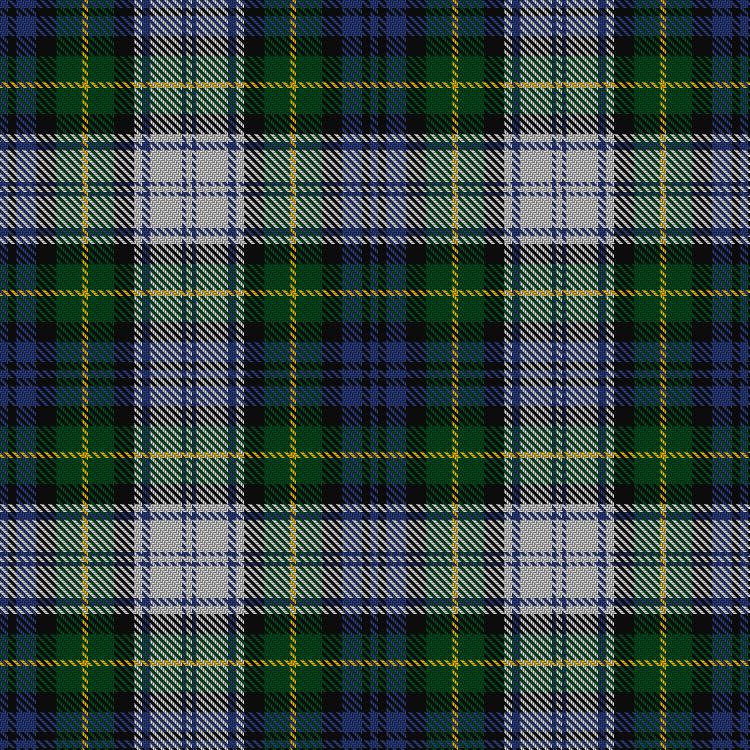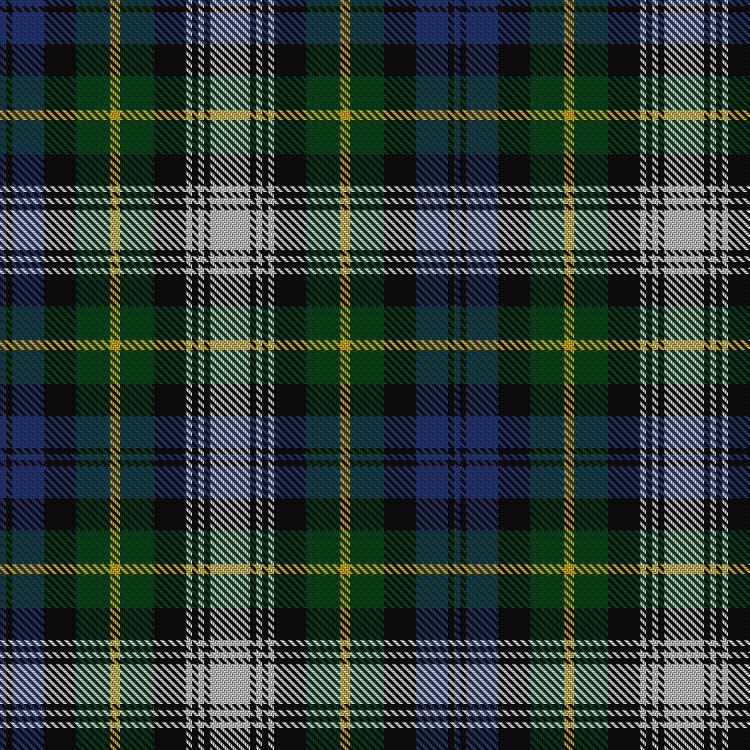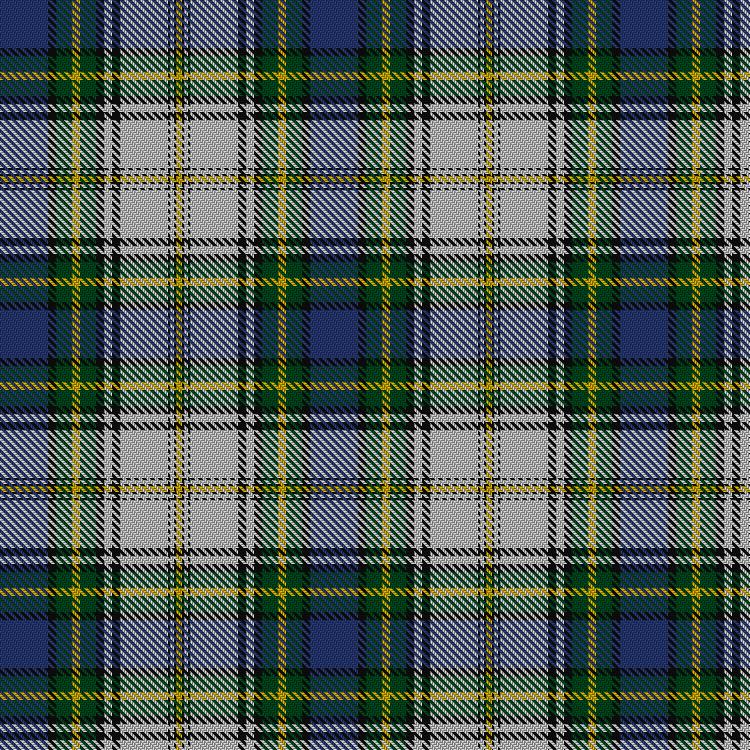Tartans
The first documented effort to enforce a uniformity of tartan worn throughout an entire clan was in 1618, when Sir Robert Gordon of Gordonstoun wrote to Murry of Pulrossie requesting that he bring the plaids worn by his men into “harmony with that of his other septs”. It was a Red Gordon!
In 1793, Alexander, 4th Duke of Gordon commissioned three patterns based on the Government tartan (Black Watch) from William Forsythe of Huntly. He chose the version with the single yellow over check for himself and his new regiment, and subsequently offered the double and triple tram line versions to the two main Cadet Branches of the Family. However, contrary to popular belief the regiment which first wore the Gordon Modern was not the Gordon Highlanders. It was the Gordon Fencibles raised in 1793! Raised in 1794, it was the Gordon Highlanders who made the tartan famous around the world!
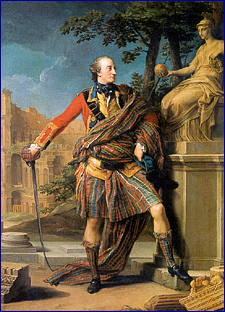
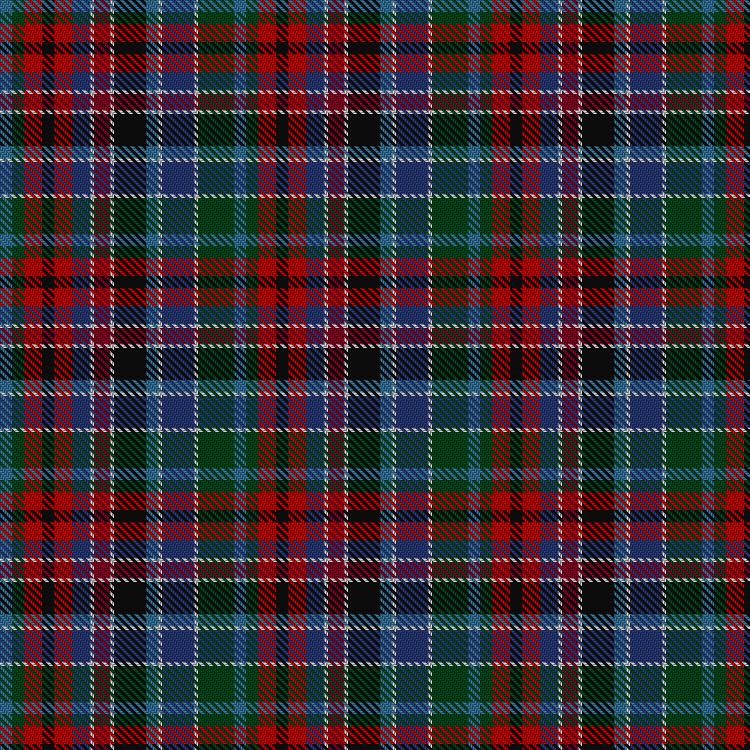
Source: The Scottish Register of Tartans STWR 1955
James MacKinlay had strips of this tartan in this notes. He was a noted authority on tartan and made the count from a sample in the stock book of Messrs Garrie and Deas. The Mackinlay strips are found in the Scottish Tartans Society archive.
Thread Count: A12, G12, R18, K12, R18, B18, W4, C16, W4, K32, A12, W4, B32, W4, G36
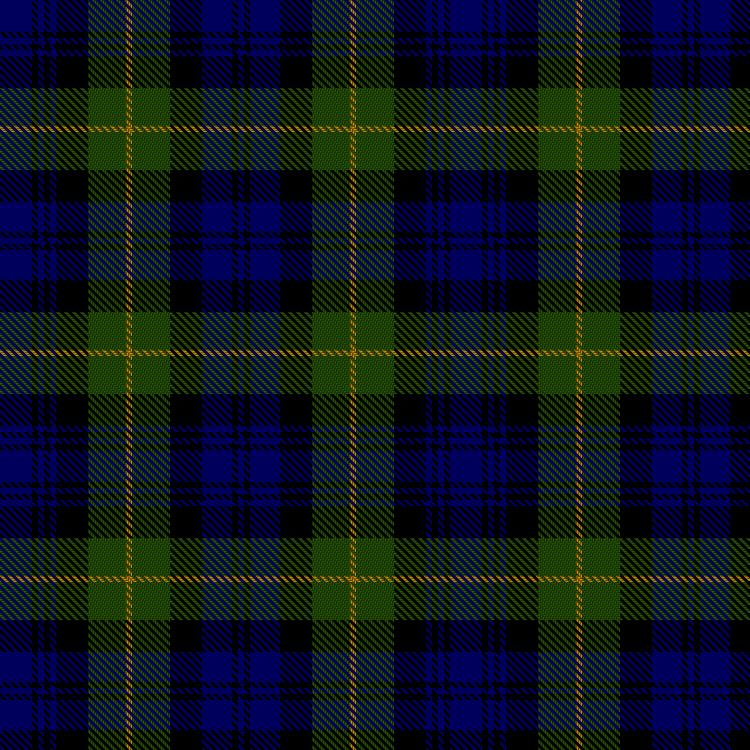
92nd Regiment Gordon (Gordon Modern)
Source: The Scottish Register of Tartans STA 214
This tartan is the one that the Duke chose out of the three patterns he had commissioned based on the Black Watch.
Thread count: B24, K4, B4, K4, B4, K24, G24, Y4, G24, K24, B24, K4, B4
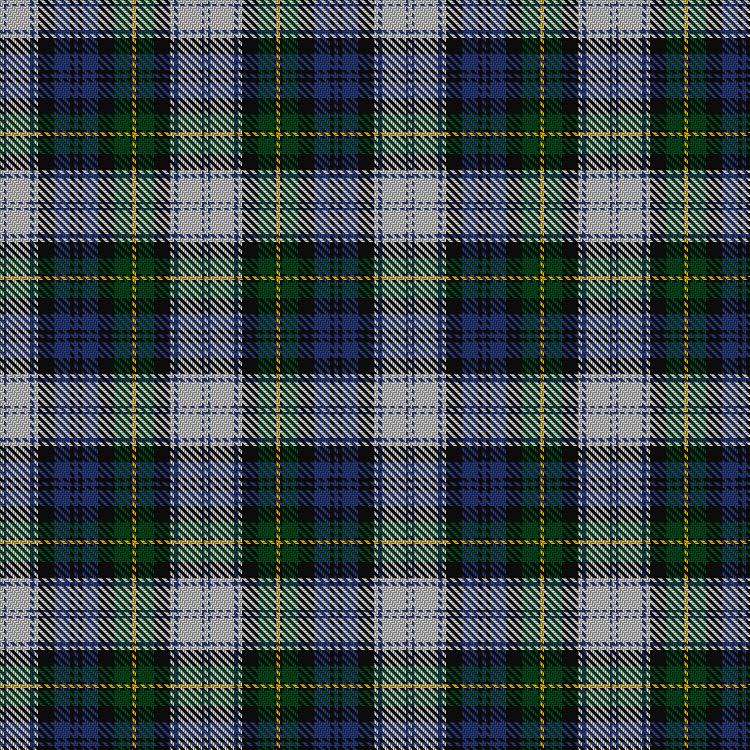
Gordon Dress (Original)
Source: The Scottish Register of Tartans STWR 1782
“Oldest of the Dress Gordons, this sett is based on the usual Gordon or 92nd regimental pattern. W & A.K. Johnston ‘The Tartans of the Clans and Septs of Scotland’ 1906.”
See below for multiple variations found in The Scottish Register of Tartans.
Thread Count: W4, B2,W24, B4, W4, K16, B16, K4, B4, K4, B16, K16, G16, K2, Y4, K2, G16, K16, W4, B4, W24, B2, W4
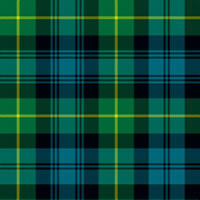
Gordon Old/Muted
Same as the Gordon Modern, but in the pre-aniline dye colors. This tartan is sometimes referred to as muted. This is the tartan the Chief wears!
Thread count: B24, K4, B4, K4, B4, K24, G24, Y4, G24, K24, B24, K4, B4
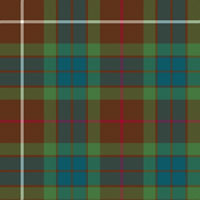
Gordon Red Muted
Similar to the above but in the preaniline dye colors.
Thread Count: A12, G12, R18, K12, R18, B18,W4, C16, W4, K32, A12, W4, B32, W4, G36
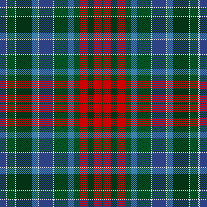
Variation of Gordon Red/ Old Huntly
Source: Tartan Society stwr 641
David Rodgers of Forfar documented this tartan in a letter addressed to Messrs Wilson of Bannockburn dated July 25th 1796. It is a great example of the custom at the time to order tartan with some variation to suit individual requirements. While being based on the traditional family or district sett.
Thread Count: B28, W2, G16, W2, DG32, A12, W2, B28, W2, G28, A12, G12, R16, DG12, R16, DG2
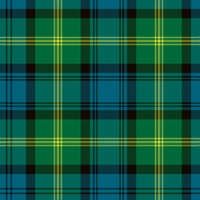
Gordon Old Ancient
The Gordons of Hallhead and Esslemont selected this three tram line version of the tartan commissioned by the 4th Duke of Gordon in 1793. (See Gordon of Esselmont below.)
Thread Count: K8, B46, K46, G44, Y6, G6, Y12
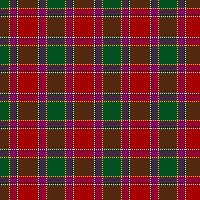
Gordon of Abergeldie
Source: The Scottish Register of Tartans STWR 955
Rachael Gordon was wearing a scarf of this sett in a painting by Alexander in 1723. The painting was hanging in Abergeldie Castle. In 1953 Lord Lyon registered and recorded the count and color.
Thread Count: G36, Y2, LP12, K2, W2, R40
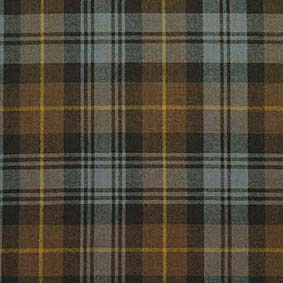
Gordon Weathered
Believe it or not this is the same sett as the Gordon Modern! Wearing tartan was outlawed after the 1745 Rebellion. Therefore, many people buried their tartans. Following the ban being lifted, those tartans were then dug up. This tartan is woven in colors that simulate what the Gordon Modern/Regimental would have looked like after being buried for 50 years.
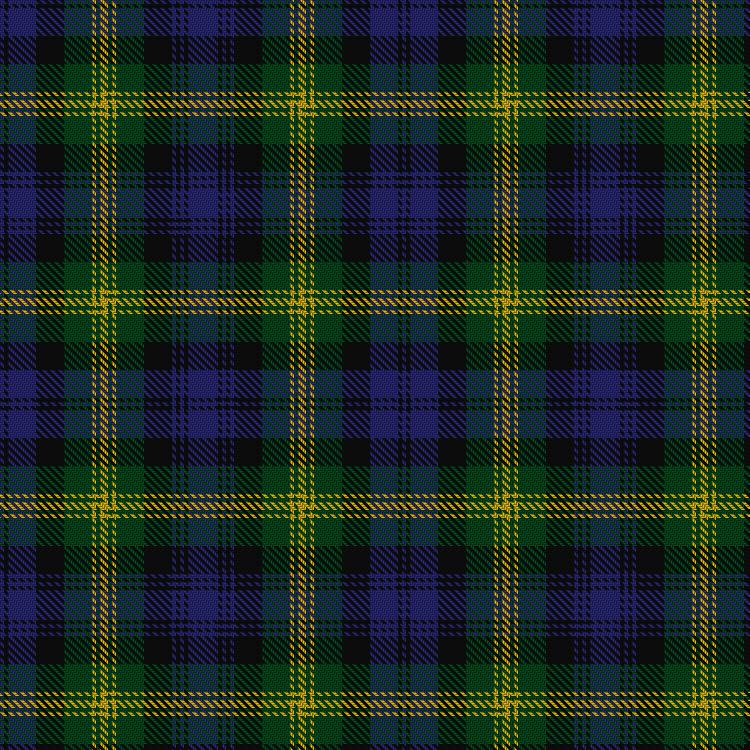
Gordon of Esslemont
Source: The Scottish Register of Tartans STWR 215
Captain Wolrige-Gordon of Esslemont chose this three stripe version of the two left over tartans the Duke provided.
First recorded in the Vestiarium Scoticum (1842), this tartan was simply called Gordon. There was no mention of Esslemont and it is listed under ‘Border Clans’. Esslemont is in fact near Ellon in Aberdeenshire.”
Thread Count: K8, P46,K46, G44, Y6, G6, Y12
Gordon Dress Variations found in The Scottish Register of Tartans
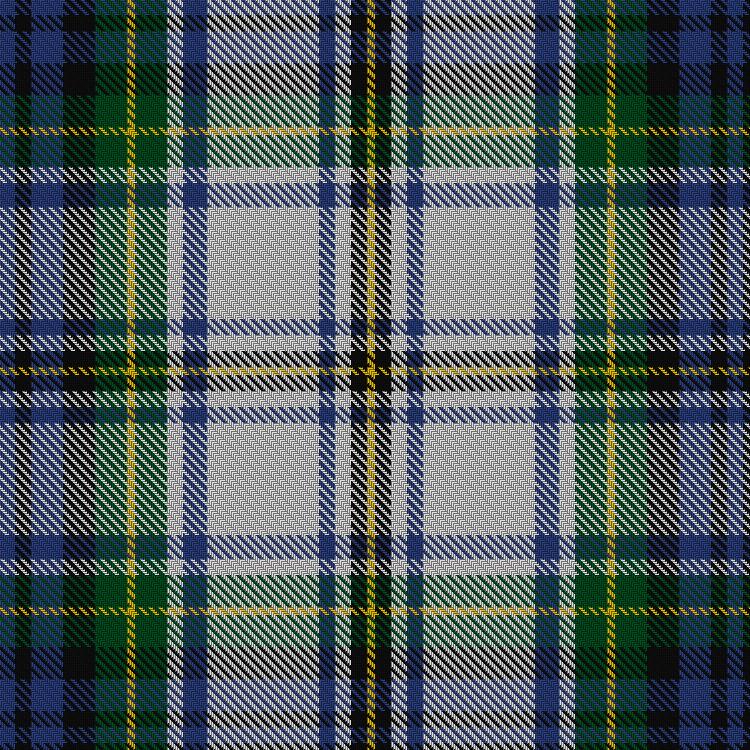
Gordon Dress #3
Source: The Scottish Register of Tartans STWR 315
From MacKinlays collection mentioned above under the Gordon Red Tartan.

Gordon Dress #5
Source: The Scottish Register of Tartans STWR 601
This sample has been woven in ‘reproduction’ colors.

Gordon Dress (1965)
Source: The Scottish Register of Tartans STA 3592
From a 1965 swatch, the exact source is unknown. This does however, appear to be the closest to the accepted version of Gordon Dress.
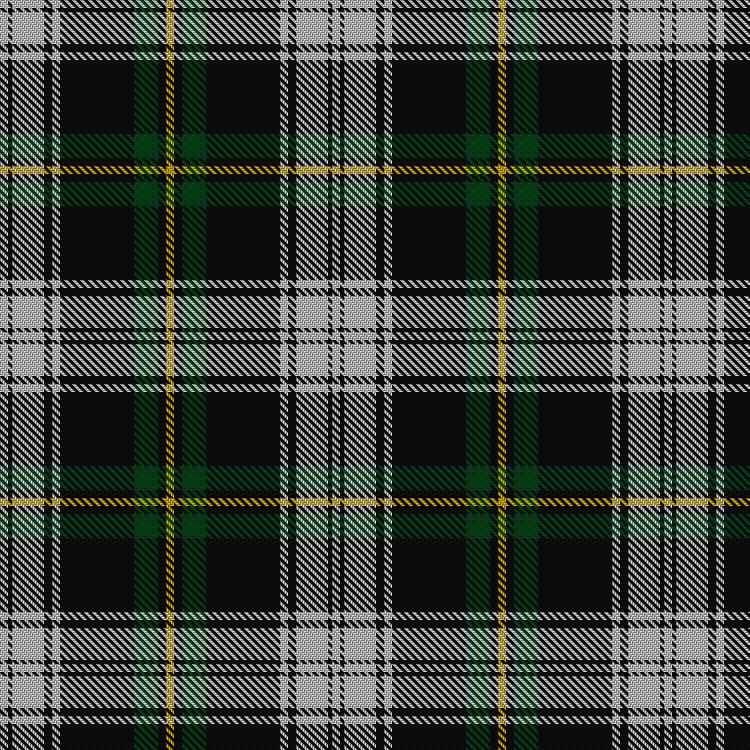
Gordon Dress (MacGregor-Hastie)
Source: The Scottish Register of Tartans STA 1831
“This sample comes from the MacGregor-Hastie collection which forms the basis of the cloth archive of the Scottish Tartans Society. Some of the samples, including this one, were unmarked. One can assume that the sample dates between 1930 and 1950.”
District Tartans Associated with The House of Gordon:
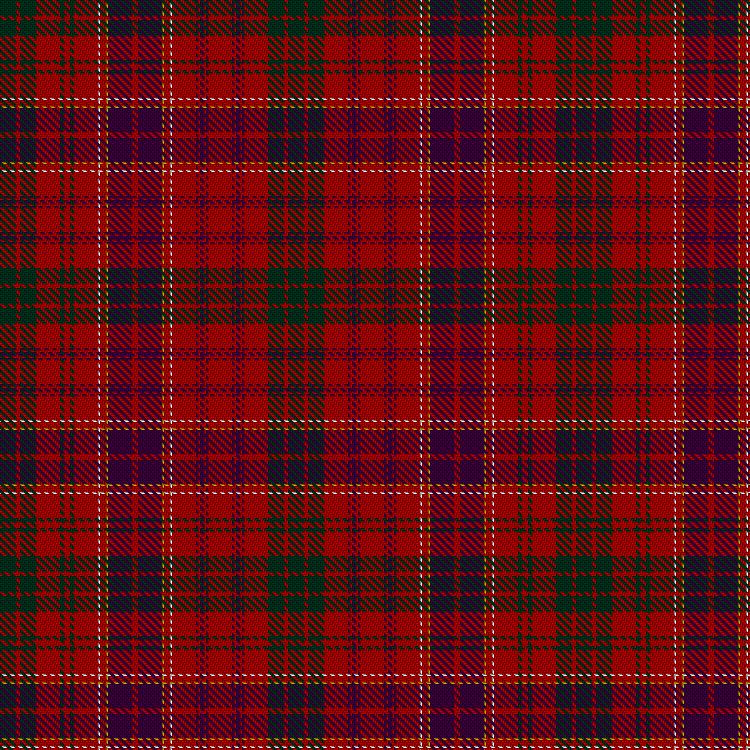
Marchioness of Huntly/Huntly District
Source: The Scottish Register of Tartans STWR 853
‘Old and Rare Scottish Tartans’ published in 1893 by DW Stewart.
**Originally in Wilsons’ pattern books of 1819 as Marchioness of Huntly the clan questions the District source designation of this tartan.
The Huntly district tartan is known to have been worn at the time of the ’45 rebellion by Brodies, Forbes’, Gordons, MacRaes, Munros and Rosses which gives a strong indication of the greater antiquity of the ‘District’ setts.
Thread Count: G16, R4, G16, R24, B2, R2, B4, R2, B2, R24, B2, R2, B4, R2, B2, R24, W2, R6, Y2,B24, R6, B24, Y2, R6, W2, R24, G4, R6, G4, R24, G16, R4, G16
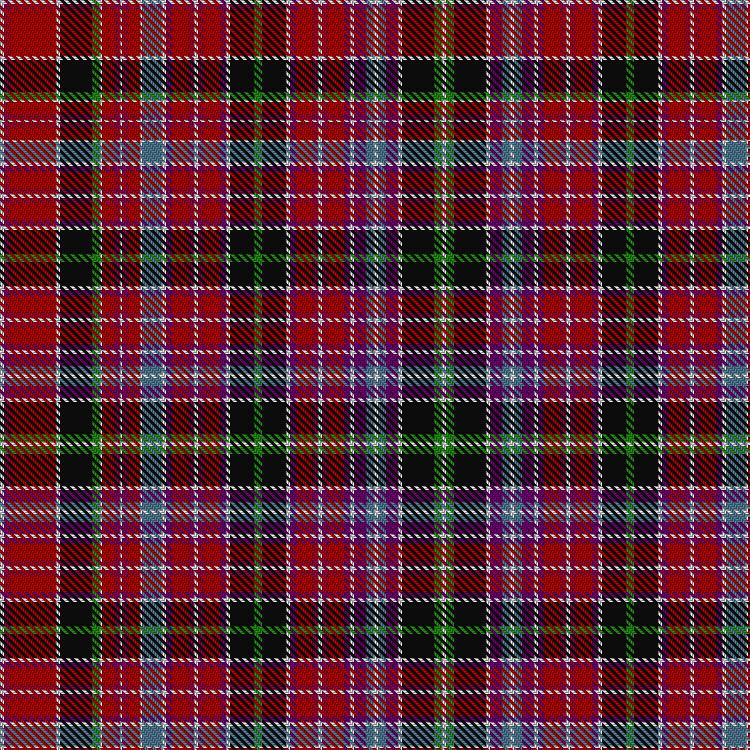
Aberdeen District
Source: The Scottish Register of Tartans STWR 1801
First documentary evidence is contained in a purchase order, addressed to Wilson’s, from Scott and Anderson, dated 20th June 1794. It was apparently produced during the days of prohibition (1746-1782).
Thread Count: W4, LG8, K32, W4, P12, A8, W4, A8, P12, W4, P6, R16, LR6, W4, LR6, R16, P6, W4, K24, LG8, K24, W4, P6, R16, LR6, W4, LR6, R16, P6, W4, A20, W4, R12, LR6, W2, LR6, R12, W4, LG8, K32, W4, R46, LR6, W4
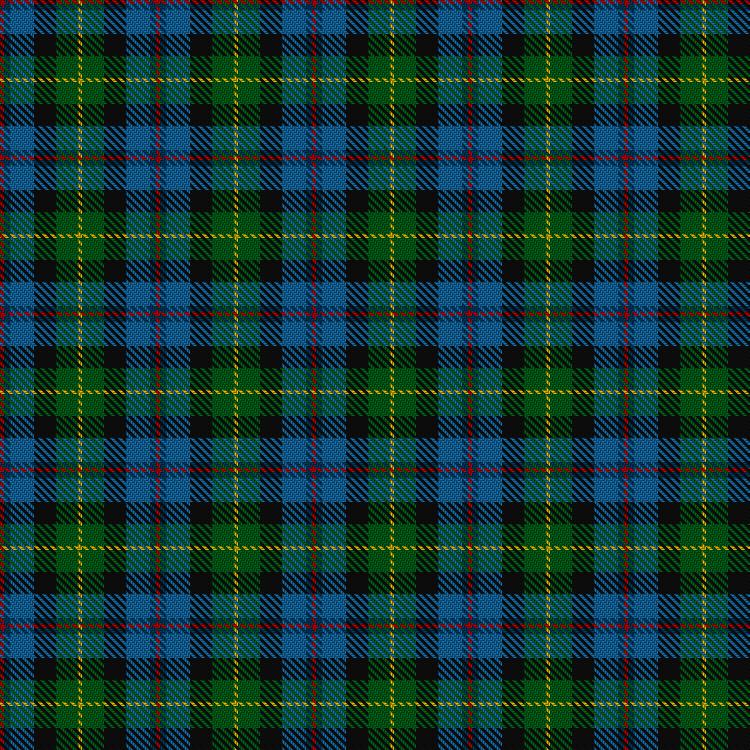
Gordon Huntly 2000
(Commemorative)
Source: The Scottish Register of Tartans STWR 2624
Designed by Claire Donaldson for House of Edgar (Woollens) Ltd. in Perth. It was chosen by the local people of Huntly from a number of trial designs for a tartan to celebrate the Gordon Millennium Gathering held there in August 2000.
Thread Count: R4, MB6, FB24, K22, MG22, Y4
Roxburgh District:
In a charter recorded by Adam de Gordun before 1130 AD, granting lands to the monks in Kelso, the Roxburgh district’s connection with the Gordon’s was formed.
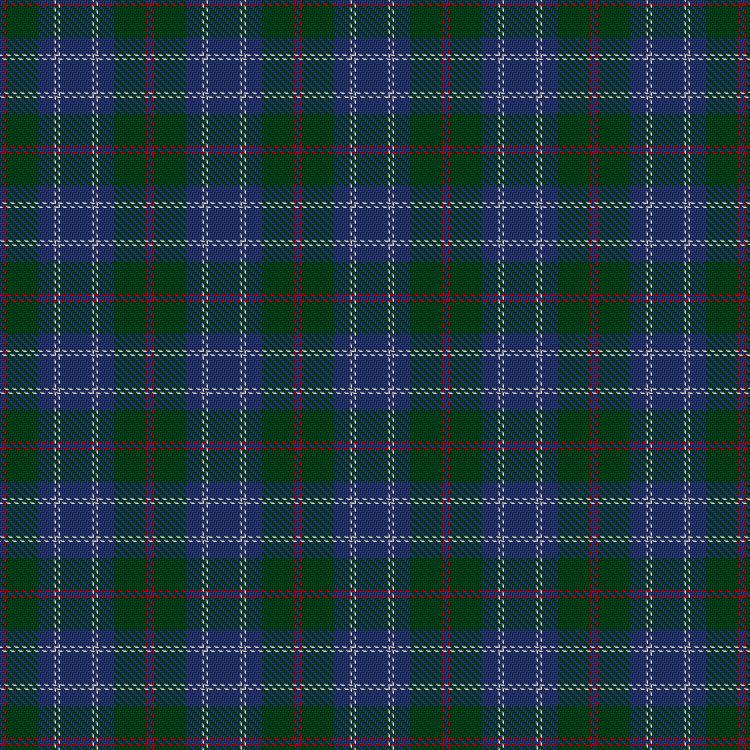
Roxburgh District Tartan
Source: The Scottish Register of Tartans STWR 500
Recorded in 1952 from a sample labelled ‘Roxburgh’ by Dr Phil Smith Jr.
Thread Count: B4, R2, G32, B16, W2, B2, W2, B32
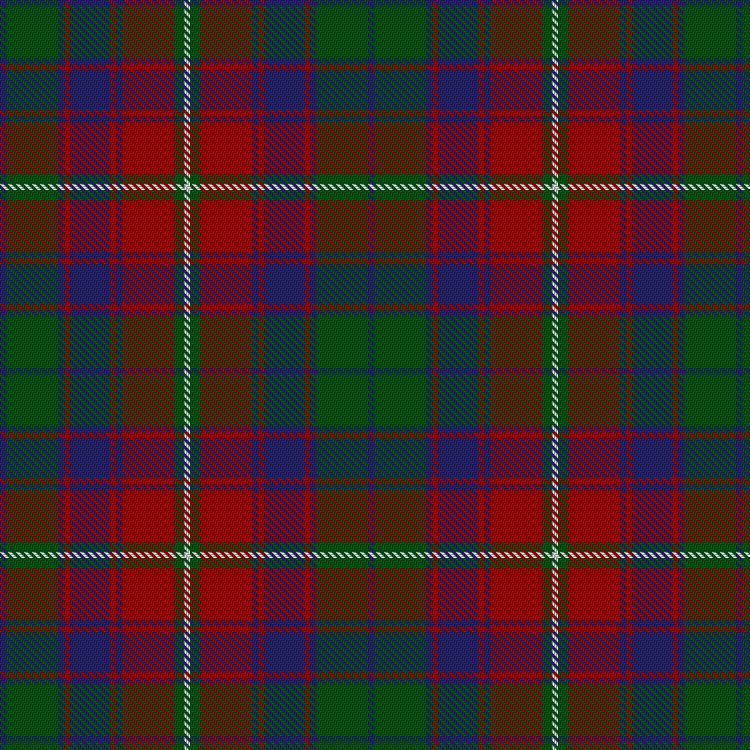
Roxburgh Red
Source: The Scottish Register of Tartans STWR 140
The swatch was taken from a silk swatch in Patterson’s book. It is now generally accepted as the District tartan rather than the newer alternative Roxburgh. “The tartan may have been in production before 1850, and is now woven commercially for the first time in perhaps a century and a half.”
Thread Count: B6, DG52, B6, R6, B40, R6, B6, R52, DG10, W6
